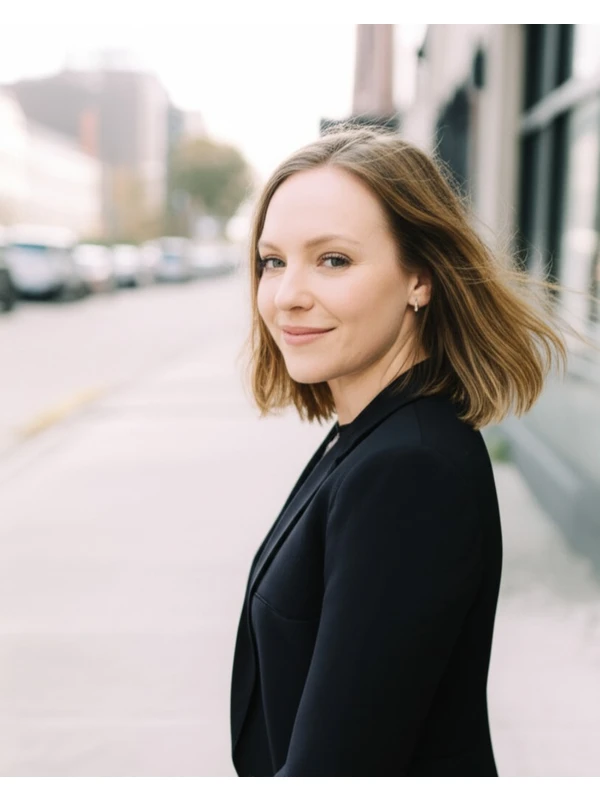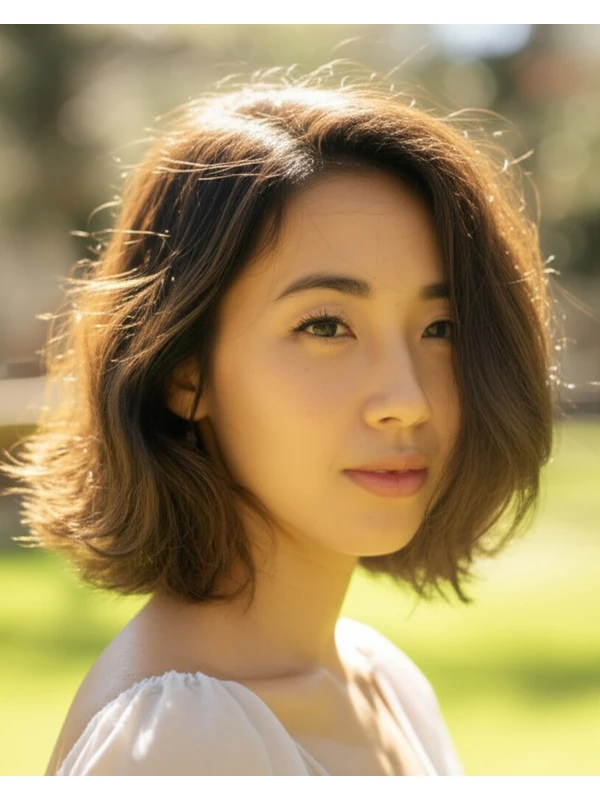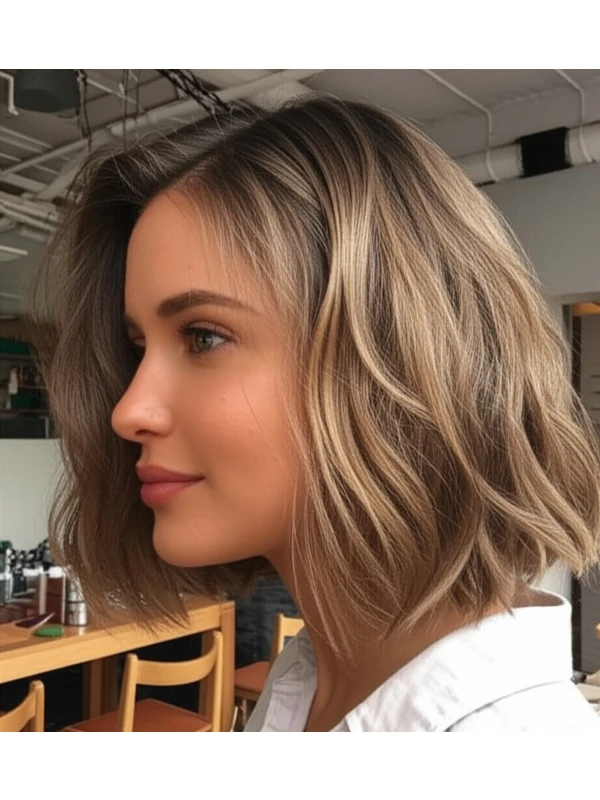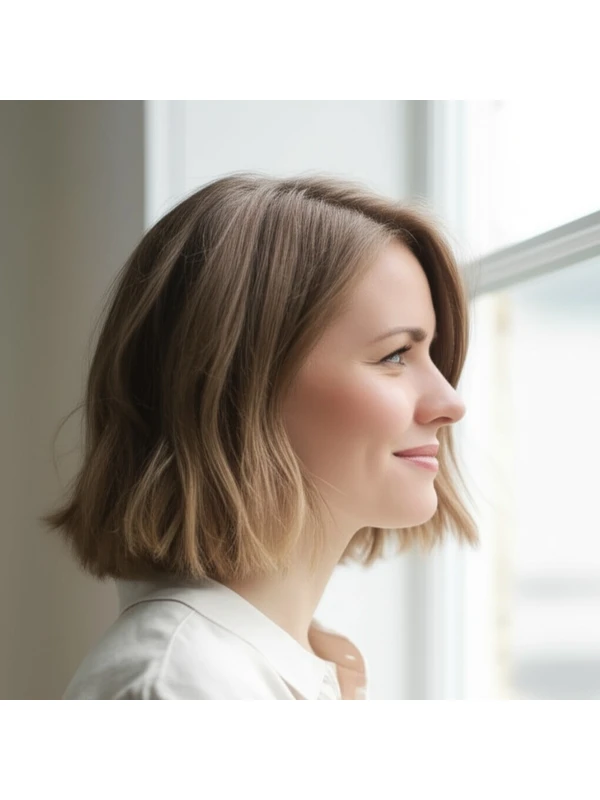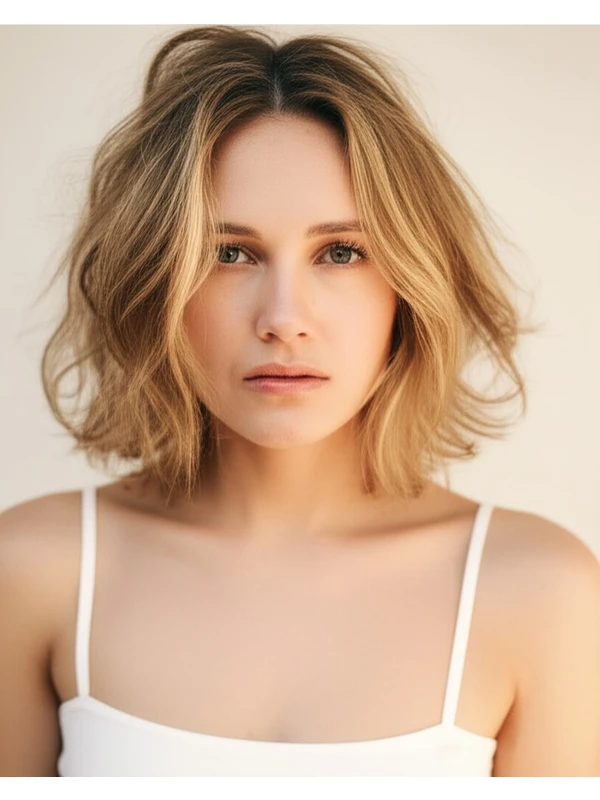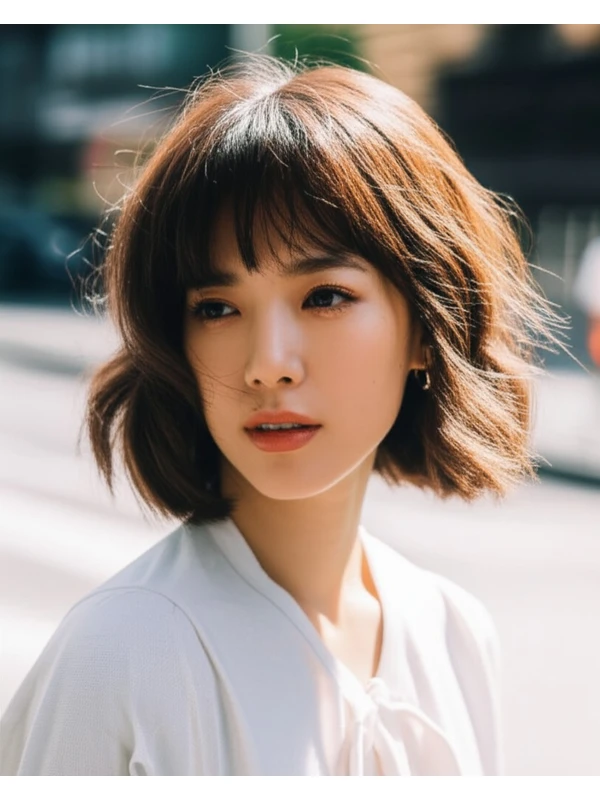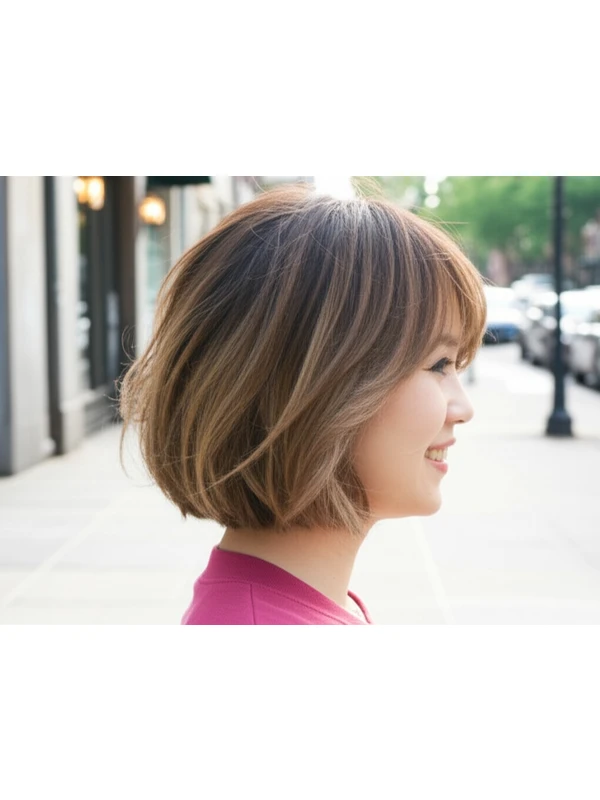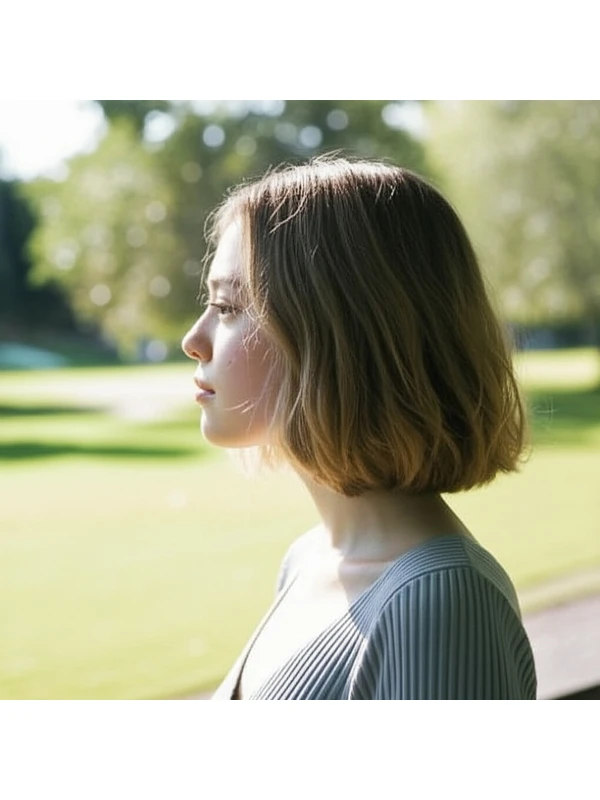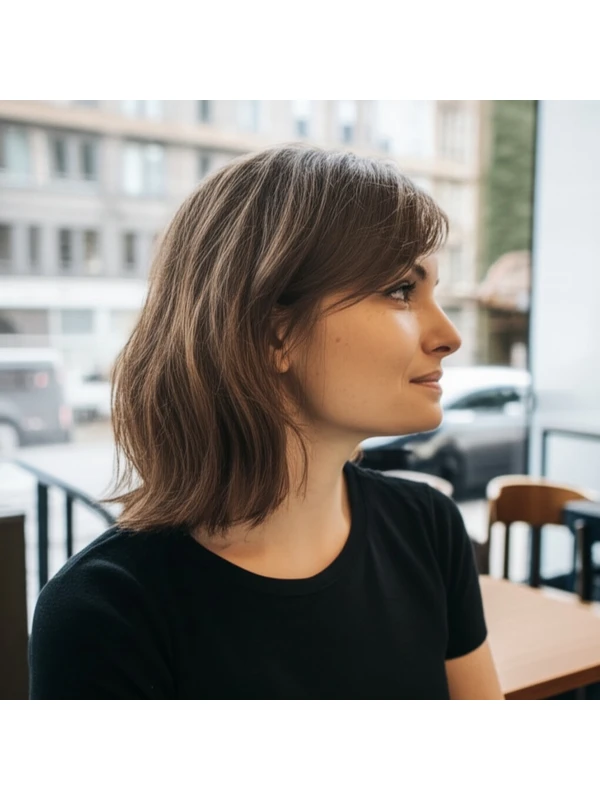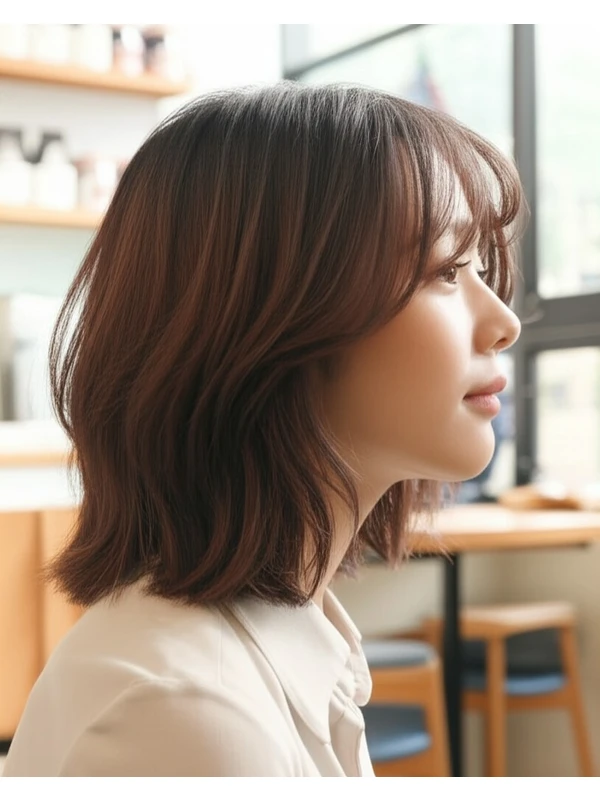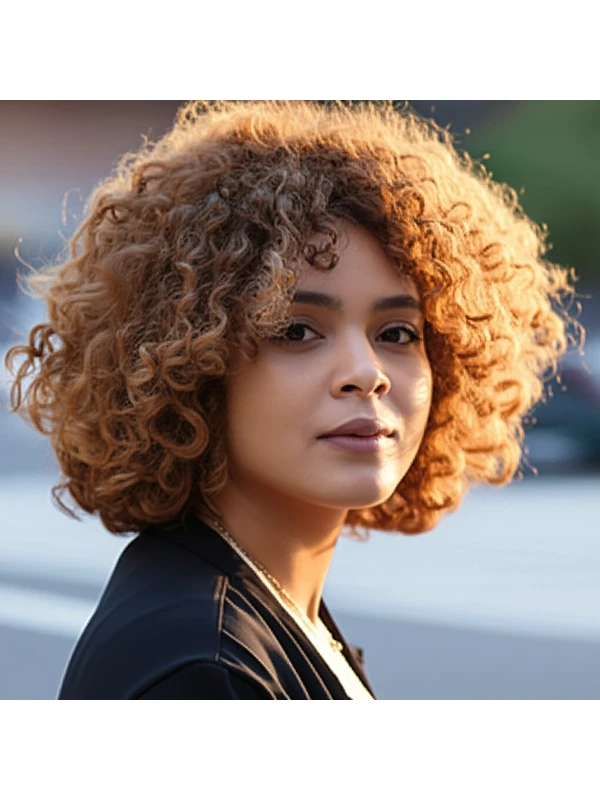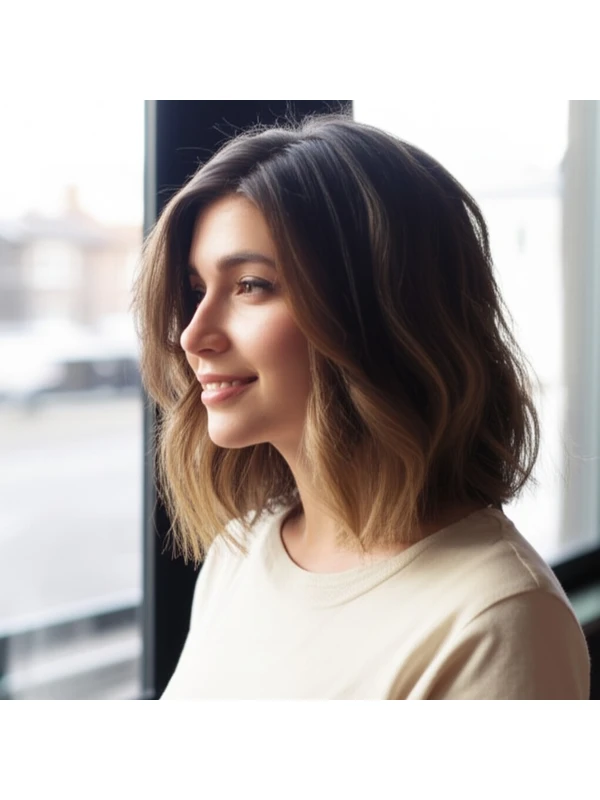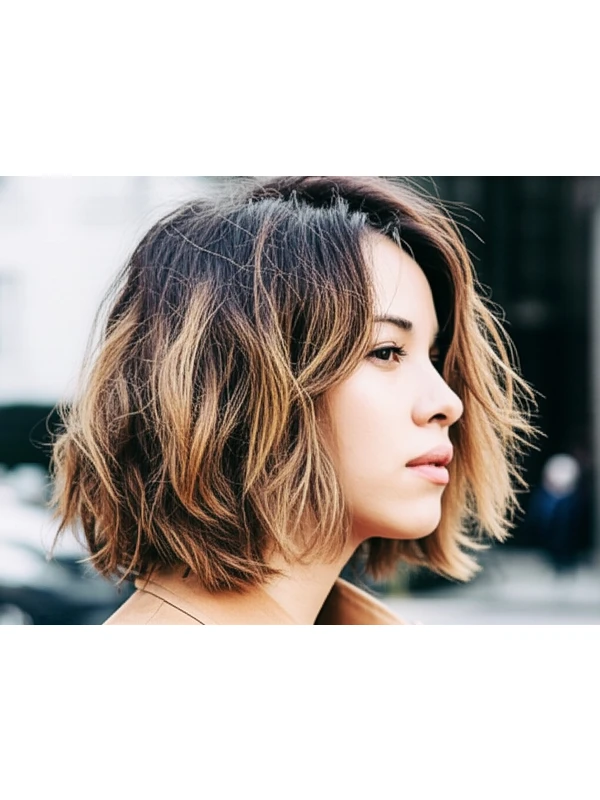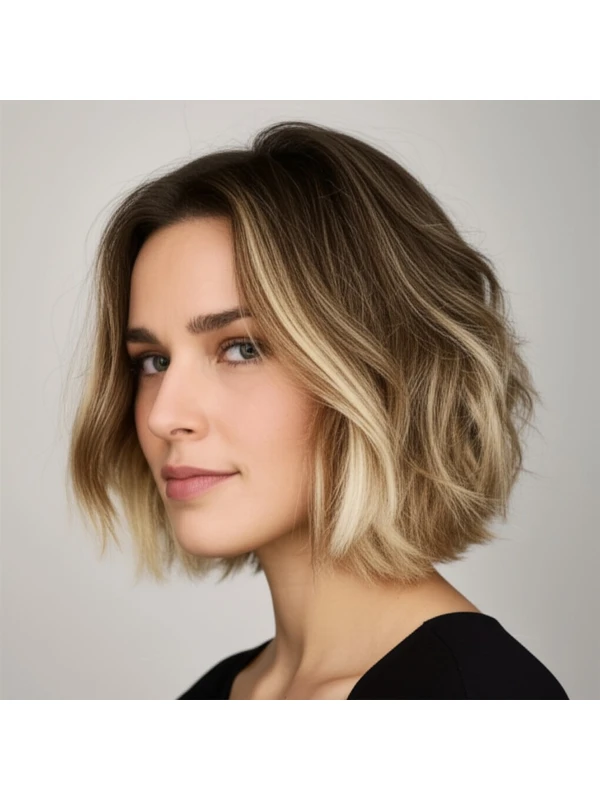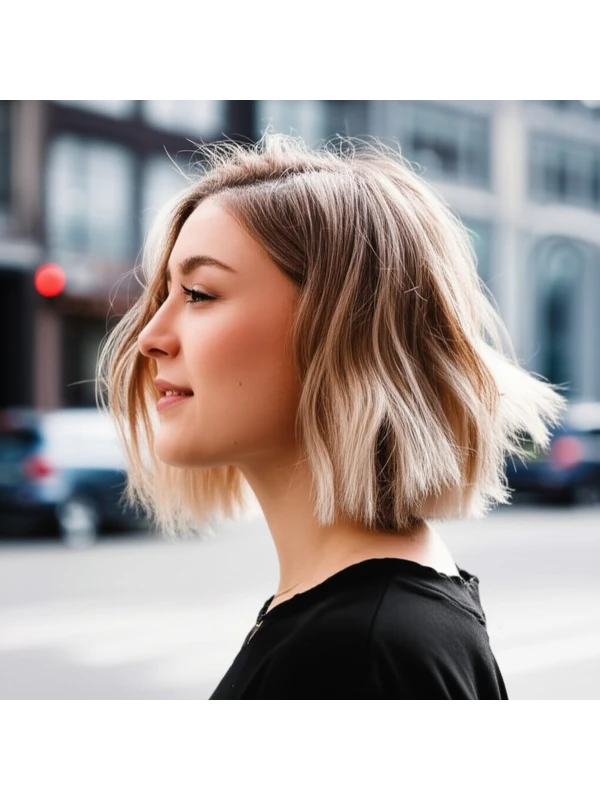#The Lob: Your Ultimate Guide to This Effortlessly Chic Hairstyle
The lob – a beloved hairstyle for years! It's more than just a trend; it’s a versatile cut that works on almost everyone with slight adjustments. Let’s dive into everything you need to know about the lob, from its origins to how to style and maintain it.
#1) Background & Definition: What is a Lob?
"Lob" is simply short for "long bob." It's a haircut that sits between your shoulders and your chin – generally falling anywhere from just above the collarbone to around shoulder length. Think of it as a grown-out bob or a shorter, more manageable long hair style.
Key Features:
- Length: Typically ranges from 6-18 inches (15-45 cm) from the crown.
- Layers: Often incorporates layers to add movement and volume, but can also be one-length for a sleeker look.
- Shape: Can be blunt, feathered, or textured depending on your desired style.
Alternative Names: Mid-length bob, shoulder-grazing bob.
#2) Face Shape Fit: Finding Your Perfect Lob Silhouette
The beauty of the lob is its adaptability! Here's how it complements different face shapes and potential fringe options:
- Oval: Lucky you! The lob looks fantastic on oval faces. It balances proportions beautifully. Consider a slightly angled lob for added interest or soft layers to frame your features. A side-swept fringe can enhance the look.
- Round: A lob with long, face-framing layers that start below the chin helps elongate the face and create definition. Avoid blunt cuts at jaw level as they can emphasize roundness. Side parts are generally more flattering than center parts. An asymmetrical lob (slightly shorter on one side) is a great option.
- Square: Soften those angles! A layered lob with rounded edges will soften a square face shape. Avoid sharp, blunt lines. Curtain bangs or wispy fringe can also help to soften the jawline.
- Heart: The lob balances a wider forehead and narrower chin beautifully. Layers around the cheekbones add volume and balance. Chin-length lobs look particularly good on heart shapes. A side-swept fringe helps draw attention away from the forehead.
- Diamond: A lob with layers that start at the cheekbone level will help soften the angles of a diamond face shape. Side parts are generally more flattering than center parts.
- Oblong (Long): The goal is to create width! A blunt lob, or one with stacked layers at the sides, can add visual breadth. A full fringe (like a straight-across bang) will also shorten the face and make it appear wider.
#3) Body Proportions & Height Guidance: Tailoring Your Lob
Beyond your face shape, consider your overall body proportions:
- Petite: A shorter lob (chin to just below the collarbone) prevents you from being overwhelmed by length. Layers add volume without adding bulk.
- Average Height: Most lob lengths work well! Experiment with different layer placements and styles.
- Tall: Longer lobs, hitting around shoulder-length or slightly longer, can help balance your height.
- Narrow Shoulders: Create the illusion of wider shoulders with layers that add volume at the sides. A textured lob is ideal.
- Broad Shoulders: Avoid adding too much volume at the shoulders. A sleek, one-length lob or a lob with minimal layering can help balance your physique.
- Short Neck: Shorter lobs (chin length) are generally more flattering than longer ones, as they won't emphasize a short neck.
- Long Neck: Longer lobs that graze the collarbone will visually shorten the neck.
#4) Works Best With Hair Types & Densities: A Texture Breakdown
The lob is incredibly adaptable to different hair types and densities!
- Straight Hair: A sleek, one-length lob looks fantastic on straight hair. Add subtle layers for movement if desired.
- Wavy Hair: The lob enhances natural waves! Layers are key to removing weight and encouraging the wave pattern. Air drying is often best.
- Curly/Coily Hair: The lob can be a great way to embrace your curls or coils without the commitment of long hair. Consider a DevaCut (for curly hair) or similar technique that honors natural curl patterns. Important: Shrinkage is key! Account for shrinkage when determining length. A lob on coily hair might appear shorter than it actually is once dry.
- Fine Hair: Layers can add the illusion of volume, but be careful not to over-layer as this can make fine hair look even thinner. Blunt ends create a fuller appearance.
- Medium Hair: The lob works beautifully with medium density hair – you have enough fullness to play with layers and texture.
- Thick Hair: Layers are essential for removing weight and preventing the lob from looking too bulky. Point cutting (a technique where scissors are used to create a softer edge) is helpful.
Shrinkage Factor: For curly/coily hair, remember that your hair will shrink! What looks like 8 inches wet might only be 5-6 inches dry.
#5) Styling Variations: From Sleek to Textured
The lob’s versatility shines in its styling options:
- Sleek vs. Textured: A sleek lob uses a smoothing serum and flat iron for a polished look. A textured lob embraces natural texture with sea salt spray or texturizing cream.
- Middle vs. Side Part: A center part creates symmetry, while a side part adds softness and volume.
- Fringe Variations: Curtain bangs, blunt bangs, wispy fringe – the possibilities are endless!
- Occasion Styling:
- Casual: Air-dried with sea salt spray.
- Office: Sleek and straight with a center part.
- Evening: Add waves with a curling iron or hot rollers, finish with hairspray for hold.
#6) Maintenance: Keeping Your Lob Looking Fresh
- Trim Cadence: Every 6-8 weeks to maintain shape and prevent split ends.
- At-Home Routine: Gentle shampoo & conditioner suited for your hair type. Deep condition weekly (especially important for curly/coily hair).
- Heat vs Air Dry: Minimize heat styling whenever possible. Air drying is healthier!
- Product Checklist: Shampoo, Conditioner, Leave-in Conditioner (essential for curls!), Heat Protectant (if using hot tools), Styling Cream or Serum, Finishing Hairspray.
- Daily Styling Time: 5-20 minutes depending on desired style and hair type.
#7) Grow-Out Roadmap: Evolving Your Lob
- Months 1-3: The lob maintains its initial shape.
- Months 3-6: The length starts to grow out, potentially requiring a trim to blend layers or maintain the desired silhouette. You can experiment with different styling techniques during this phase.
- Maintaining Shape: Regular trims are crucial! Ask your stylist to "dust" the ends (trimming only a small amount) between full cuts.
#8) Color Pairings: Enhancing Your Lob’s Beauty
- Cool Undertones: Ashy blondes, cool browns, and even muted purples look stunning with a lob.
- Warm Undertones: Golden blondes, copper reds, and warm caramels complement warmer skin tones beautifully.
- Low-Commitment Options: Balayage (hand-painted highlights) or root shadowing add dimension without harsh lines.
#9) Season & Occasion Guide: Styling for Every Moment
- Spring/Summer: Embrace lighter textures! Air dry with sea salt spray, create beachy waves.
- Fall/Winter: Add warmth and depth with richer tones. Sleek styles are perfect for formal occasions.
- Work: Neat and polished – a sleek lob or soft layers.
- Weddings: Romantic waves or an updo that showcases the length.
- Parties: Experiment with bold colors, textured styles, or statement accessories.
#10) Cost & Time: Salon Expectations
- Salon Time: Typically 45-90 minutes for a standard lob cut and style. More complex cuts (with intricate layers or fringe) may take longer.
- Price Range: Expect to pay moderately higher than a simple trim, but less than the cost of long hair services.
#11) Pros & Cons: Weighing Your Options
Pros:
- Versatile and flattering on many face shapes.
- Easy to style (can be dressed up or down).
- Lower maintenance than longer hair.
- Looks chic and modern.
Cons:
- Requires regular trims to maintain shape.
- Can look awkward during the grow-out phase if not managed properly.
#12) Salon Consultation Script: Questions to Ask Your Stylist
Here are some prompts for your salon consultation:
- "I’m interested in a lob, but I'm unsure about the length – what would you recommend based on my face shape?"
- “Can we discuss layering options and how they will affect volume?”
- "I want something low-maintenance. What styling techniques would be easiest for me to achieve at home?"
- "What is your opinion on adding fringe? Would it suit my face shape and style?"
- "How often should I come in for trims to maintain this cut's shape?”
#FAQs: Your Lob Questions Answered
- Can a lob work with very thick hair? Absolutely! Layers are essential, but the lob can still look great on thick hair.
- Is a lob suitable for fine hair? Yes, but be mindful of over-layering which can make it appear thinner. Blunt ends will add fullness.
- How do I prevent my lob from looking blunt? Ask your stylist to point cut the ends or use feathered layering techniques.
- What if I want a very long fringe with my lob? It’s possible, but consider how it will impact the overall balance of the style and require more frequent trims.
- Can I do this myself at home? While you can trim your own hair, getting a professional cut is highly recommended for achieving the desired shape and precision.
- What if my hair shrinks significantly when dry (curly/coily)? Communicate this to your stylist beforehand so they can account for shrinkage when cutting.

